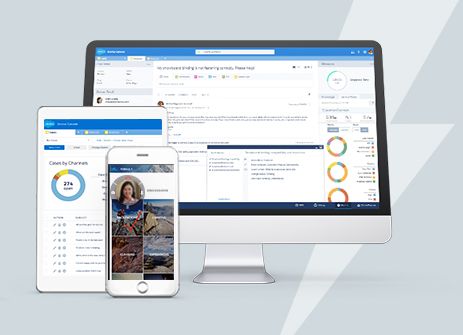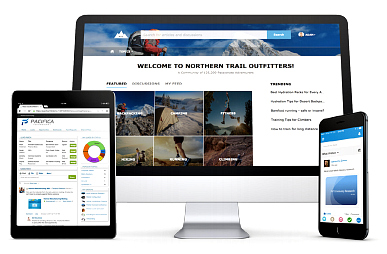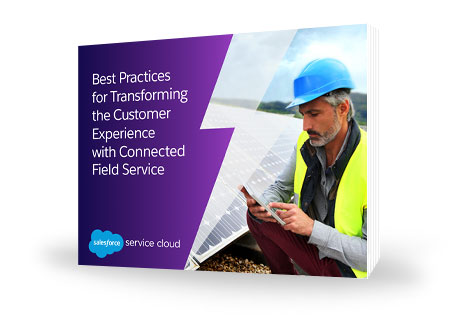Workfoce Management Solutions
Technology Solutions to Better Manage Your Workforce

Finding the Right Workforce-Management Solution
Of course, given that the term workforce management can entail a very broad spectrum of tasks, it’s no surprise that there is also a broad range of tools available on the market. As such, finding a workforce-management solution that perfectly fits your organisation can be a daunting undertaking.
To make sure that you end up with a solution you can rely on, you should first take the time to inventory exactly what you hope to get out of it. Are you trying to cut back on wasted company time? Would you like to increase staff productivity? Do you want a better overview of what is happening with different projects? Are you interested in ensuring that your business is operating in full compliance with state and federal laws (such as the Affordable Care Act)? Most business leaders would answer a resounding yes to each of these questions, but that is really not enough. Take a personal look at each of these issues — time management, staff productivity, project logistics, legal compliance — and try to identify where your business is lagging behind. If you can identify the root causes behind the big issues, then you’ll have a more-focused idea of what you need your workforce management systems to do.
That said, there are certain benefits of workforce management that have become an accepted standard:
General Optimisation and Efficiency
One of the chief benefits of a software solution is how granular it allows managers to be as they search for inefficiencies in the work process. Workforce management software provides a wealth of data that leaders can use to trim away the fat and streamline the process their workers use. Much like basic CRM systems, the best workforce management solutions can capture and analyse data that might otherwise be overlooked, and present findings in a way that is easily digestible.
Simple Job Tracking
Speaking of data, with job tracking tools, employees and managers have access to data which allows them to sort out inefficiencies that might otherwise cause work delays. These tools provide this data in real time, showing decision makers exactly when and where problems are arising. With performance metrics available at their fingertips, managers are able to know what employees are doing at any given time, then use that information to adjust predictions on when products and information will be available to clients.
Mobile Access for Your Managers and Workers
Many management suites also provide mobile workforce management solutions, giving workers the option to do their jobs from anywhere, depending on the task at hand. Not only is this more convenient for mobile workers, it simplifies the process for workers who use multiple devices to get their work done. A mobile solution keeps information synchronized between all devices, so should one workstation become available, the worker can easily transition to another, with little-to-no interruption. Meanwhile, both workers and managers have on-demand access to all the data they need to make better decisions, no matter where they are.

Customisability and Third-Party Integration
Ideally, the best workforce management solutions will be easy to customise and integrate with other aspects of your business. For example, a study by the Aberdeen Group found that more than 85% of companies who had shown themselves through a variety of metrics to be “best in class” would integrate their time and attendance systems with their payroll systems into a single, convenient interface. This kept all records in a single place and allowed employees and leaders to view this information without having to open several different solutions.
Ease of Scalability
The most desirable solutions are also scalable, so that as the company grows, the system will still be able to handle all of the information that goes through it. Make sure that your company is prepared for growth by implementing a solution that can grow with you. This means handling more users and a larger amount of data, while also providing access and functionality across a variety of different devices and platforms. This way, if your company decides it wants to evolve its infrastructure down the line, you’re not trapped using platforms you don’t want.

The Bottom Line is the Bottom Line
At the end of the day, business is about making money, and all of these benefits work together to boost a company’s bottom line. According to Technology Evaluation Centers (TEC), workforce management software can decrease the costs of internal communications between the workers and their managers by as much as 40%. Not only that, but it’s more convenient for workers and leadership alike; a 2010 study by Axsium showed that after implementing integrated workforce management solutions, more than 80% of managers were either satisfied or very satisfied with the results they saw.
By implementing workforce management software into your department, you can reap these savings, which convert directly to profit for your business. So, whether your business is large, medium, or small, an effective workforce management solution — custom fit to the unique needs of your organisation — can help you keep a closer eye on the people, tasks, and data that define success.





